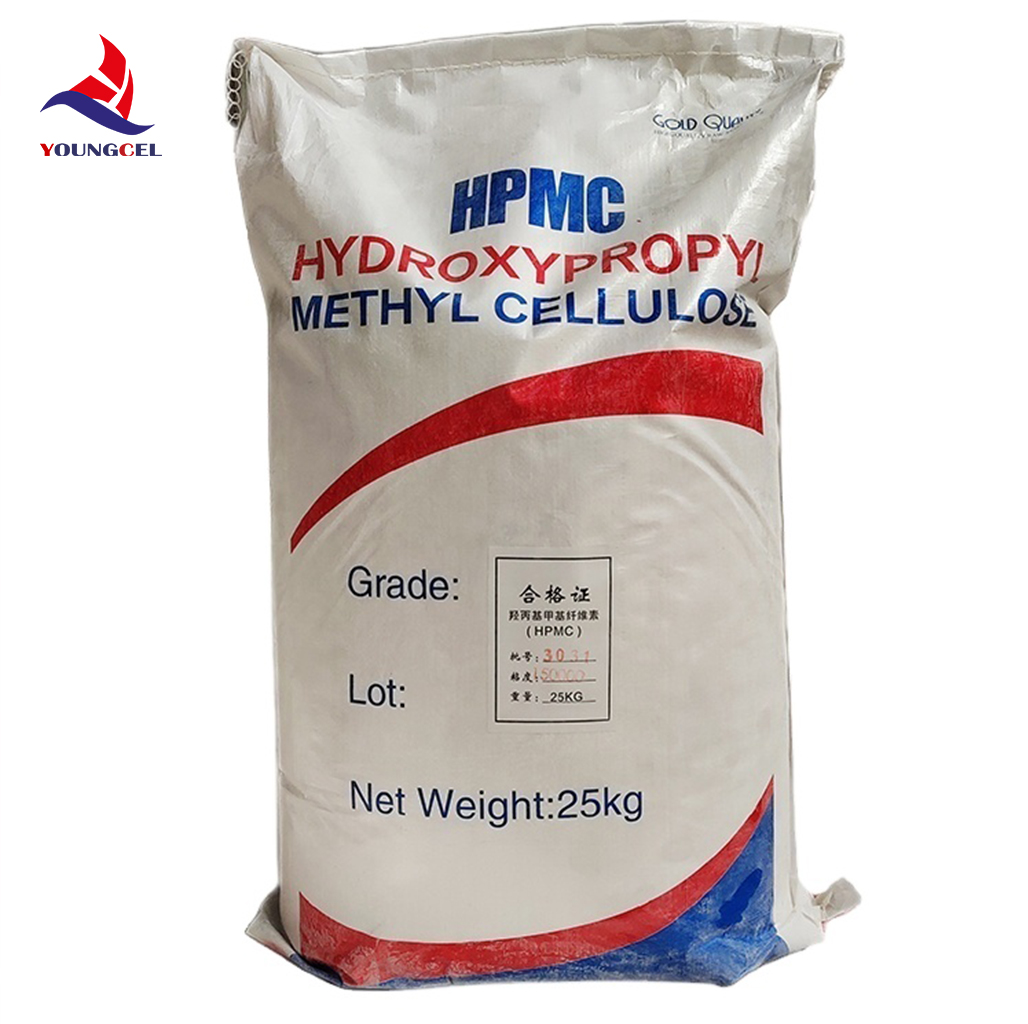The Role of Ceramic Adhesives in Modern Applications
Ceramic adhesives have emerged as a vital component in various industrial applications due to their unique properties and versatility. These adhesives are specially formulated to bond ceramic materials together or to other substrates, providing strength, durability, and resistance to high temperatures. This article explores the characteristics, types, and applications of ceramic adhesives, highlighting their significance in contemporary manufacturing and construction processes.
Characteristics of Ceramic Adhesives
One of the defining features of ceramic adhesives is their exceptional heat resistance. They can withstand extreme temperatures, making them ideal for applications involving high thermal loads. This property is particularly crucial in industries such as aerospace, automotive, and electronics, where materials often face harsh environments.
Additionally, ceramic adhesives exhibit excellent chemical resistance. They can withstand exposure to a wide range of chemicals, acids, and bases without degrading, making them suitable for use in laboratories and chemical processing environments. Their mechanical strength ensures that bonds remain intact under stress, providing the reliability needed for critical applications.
Another significant characteristic is the adhesive’s ability to maintain structural integrity over time. Ceramic adhesives have low shrinkage rates during curing, which minimizes the risk of cracks or defects in the bonded materials. This quality enhances the longevity of the bond and ensures performance even under fluctuating conditions.
Types of Ceramic Adhesives
Ceramic adhesives can be broadly classified into several types based on their composition and curing mechanisms
.1. Epoxy-Based Adhesives These adhesives combine epoxy resins with ceramic fillers, resulting in strong and durable bonds. They are often used in situations requiring high strength and chemical resistance.
ceramic adhesives

2. Silicone-Based Adhesives Silicone adhesives provide excellent flexibility and temperature resistance, making them suitable for bonding ceramics in applications characterized by thermal expansion and contraction.
3. Polymer-Cement Based Adhesives These adhesives incorporate polymer additives to enhance the bonding properties of traditional cement. They are used in construction for tile installations and other masonry applications.
4. Sintered Ceramic Adhesives These are primarily used in high-temperature applications, where they form a bond through a sintering process that involves the application of heat to fuse materials at a molecular level.
Applications of Ceramic Adhesives
The versatility of ceramic adhesives allows them to be used in a multitude of applications across various industries. In construction, they are widely used for bonding tiles, mosaics, and other ceramic products to walls and floors. The strong bond provided by these adhesives ensures durability and resistance to moisture, which is essential in high-humidity environments such as bathrooms and kitchens.
In the automotive and aerospace industries, ceramic adhesives are utilized in assembling components exposed to high temperatures and mechanical stress. For example, they are critical in bonding ceramic brake components and heat shields, ensuring safety and performance.
In electronics, where heat dissipation is crucial, ceramic adhesives are used in the assembly of electronic devices and components. Their thermal stability helps maintain functionality under demanding conditions, thereby extending the lifespan of electronic equipment.
Conclusion
Ceramic adhesives play a crucial role in modern manufacturing and construction, providing solutions that combine strength, durability, and resistance to extreme conditions. Their diverse applications across different industries highlight their importance in enhancing the performance and reliability of bonded materials. As technology continues to evolve, the demand for advanced ceramic adhesives is expected to grow, further solidifying their position as indispensable materials in contemporary engineering solutions.






